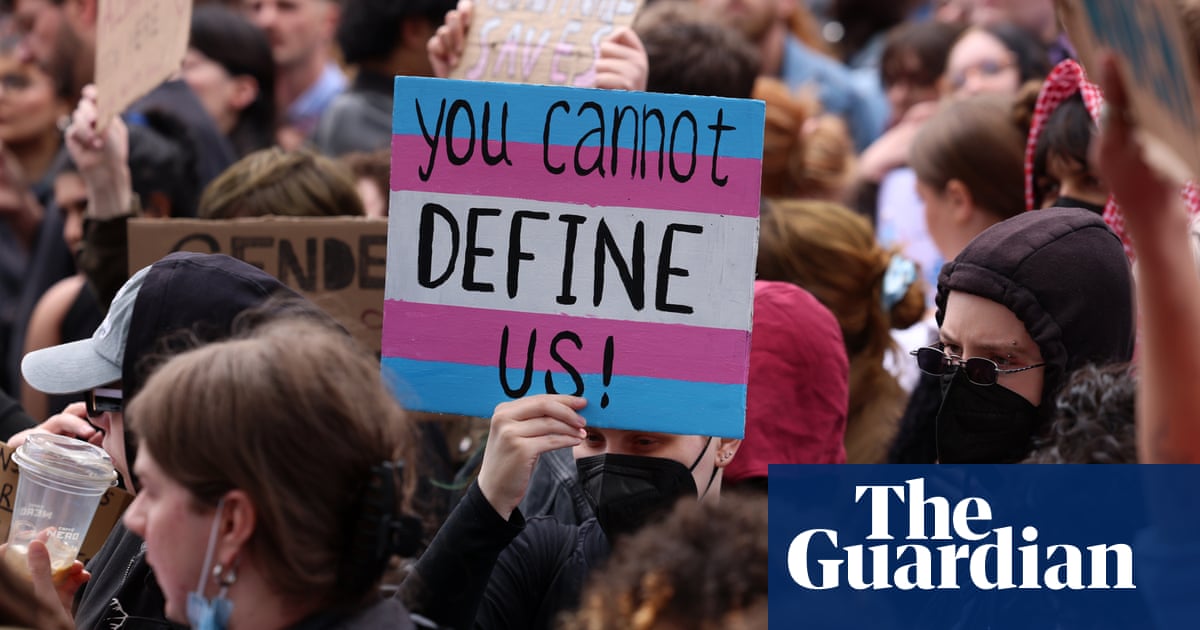The recent ruling by the UK Supreme Court regarding the definition of a woman has ignited significant public discourse surrounding gender identity and rights. This case, stemming from a challenge by a women's group against the Scottish government's Gender Representation on Public Boards (Scotland) Act 2018, has prompted diverse reactions that reflect deep societal divisions on the topic of gender.
Legal Interpretation and Its Implications
The court's determination that "woman" strictly refers to biological sex has substantial implications for both legal frameworks and public policy. For organizations that provide services to women, this ruling could lead to a clearer delineation of who qualifies for women-only spaces. This is seen as positive by some, particularly those who advocate for women's safety in contexts where they might be vulnerable to male violence. However, it also raises concerns about the exclusion of transgender women from these spaces, which critics argue could exacerbate discrimination and marginalization.
Emotional Responses and Public Sentiment
The emotional reactions to the ruling are starkly polarized. Advocates for women's rights express relief, believing that biological definitions protect vulnerable women. Conversely, activists for transgender rights feel that this ruling further entrenches discrimination against trans individuals, creating an environment where their identities are invalidated. This divergence in feelings showcases the broader societal conflict over gender identity, suggesting that the court's decision is not merely a legal matter but a deeply personal one for many.
Media Representation and Public Perception
The coverage of this ruling in outlets like The Guardian indicates a broader narrative about the rights of women versus those of transgender people. The language used in the articles often reflects the respective stance of the publication's audience, which could influence public perception of the issue. This may serve to solidify existing beliefs rather than foster constructive dialogue between differing viewpoints.
Potential Societal Impact
The ruling may have far-reaching consequences for various sectors, including healthcare and public facilities, where policies regarding access to gendered spaces could be revised. The implications for political discourse are significant as well, with potential for increased polarization on gender issues, which could affect voting patterns and party policies in the future.
Community Support and Responses
Support for the ruling appears to resonate more with groups emphasizing biological definitions of gender, while opposition is primarily from LGBTQ+ advocacy groups. This indicates a clear divide in community support, shaping the landscape of public debate over gender rights and representation.
Economic and Market Considerations
While this ruling is unlikely to have direct effects on stock markets, it could influence companies focused on diversity and inclusion initiatives. Businesses that align with either side of the debate may face reputational risks depending on how they respond to the ruling, potentially affecting their market performance.
Global Context and Relevance
In the context of global discussions about gender rights, this ruling reflects a broader trend of legal battles over gender identity, particularly in Western democracies. It highlights the ongoing struggle for trans rights and the pushback against these movements in some areas.
This article is likely crafted with careful consideration of language and tone to evoke specific responses from its audience. The framing of the debate and the highlighting of particular voices may create a narrative aimed at reinforcing existing viewpoints within the readership.
Considering all the factors, the reliability of the article hinges on its adherence to factual reporting, though it is clear that the interpretation of those facts can vary significantly based on the lens through which they are viewed. The potential for manipulation arises from the selective emphasis on certain perspectives over others, which can skew public understanding of the issue.
